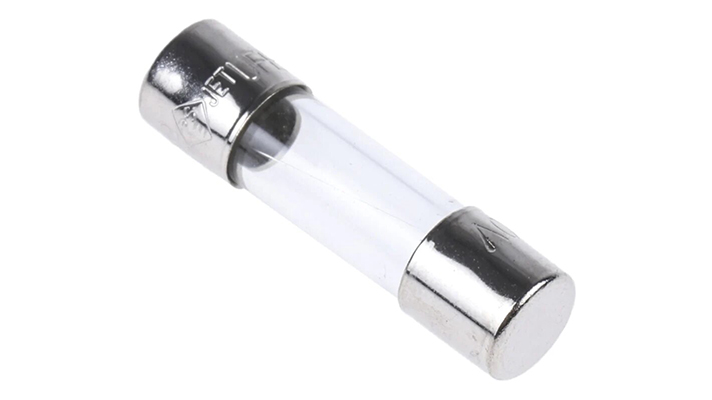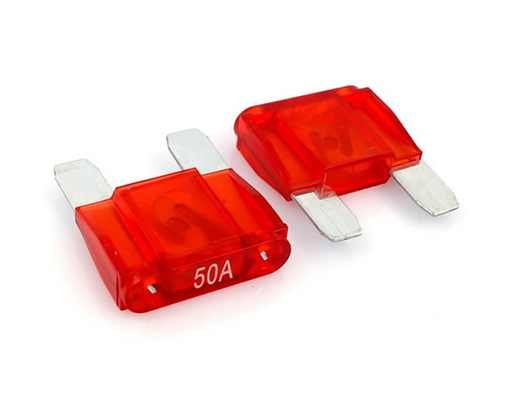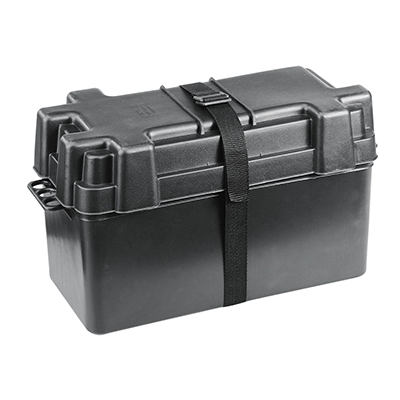Glass Fuses: Essential Components for Safeguarding Automotive Navigation Systems
News 2025-10-27
Glass fuses play a critical role in protecting the sensitive electronics of car navigation systems. These devices are designed to safeguard against electrical faults by interrupting current flow when overloads occur. In modern vehicles, navigation systems rely on intricate circuitry that can be vulnerable to short circuits or power surges. By incorporating glass fuses, manufacturers ensure reliable operation and prevent damage that could lead to system failures or safety hazards. This protection is vital as navigation systems integrate with other vehicle functions, such as GPS and infotainment, demanding high reliability in diverse driving conditions.

Applications in Vehicle Electronics
Glass fuses find extensive use in automotive applications, particularly in protecting car navigation systems from electrical anomalies. They are commonly installed in fuse boxes or directly within circuit boards to shield components like processors and displays. For instance, in electric vehicles or those with advanced driver-assistance systems, glass fuses help maintain the integrity of navigation modules during high-voltage events. Their compact size and ability to handle specific current ratings make them ideal for space-constrained environments, ensuring that navigation systems function seamlessly even in challenging scenarios such as extreme temperatures or vibrations encountered on the road.
Performance and Reliability Features
Glass fuses offer distinct advantages in terms of performance, including rapid response times to overcurrent situations, which minimizes potential damage to navigation system components. Their transparent glass body allows for easy visual inspection, enabling quick identification and replacement without specialized tools. Additionally, these fuses provide consistent breaking capacity, ensuring they operate effectively across a wide range of automotive conditions. This reliability enhances the longevity of car navigation systems, reducing downtime and maintenance costs for users, while their standardized designs facilitate integration into various vehicle models for broad compatibility.
Frequently Asked Questions
1. What is a glass fuse and how does it work?
A glass fuse is an electrical safety device that contains a thin wire designed to melt and break the circuit when excessive current flows, thereby protecting connected components.
2. Why are glass fuses preferred in automotive navigation systems?
Glass fuses are favored for their fast-acting protection, transparency for easy checking, and ability to handle the specific voltage and current requirements of modern navigation electronics.
3. How can I test if a glass fuse in my car is faulty?
To test a glass fuse, use a multimeter to check for continuity; if there’s no reading or the wire inside is broken, the fuse needs replacement.


